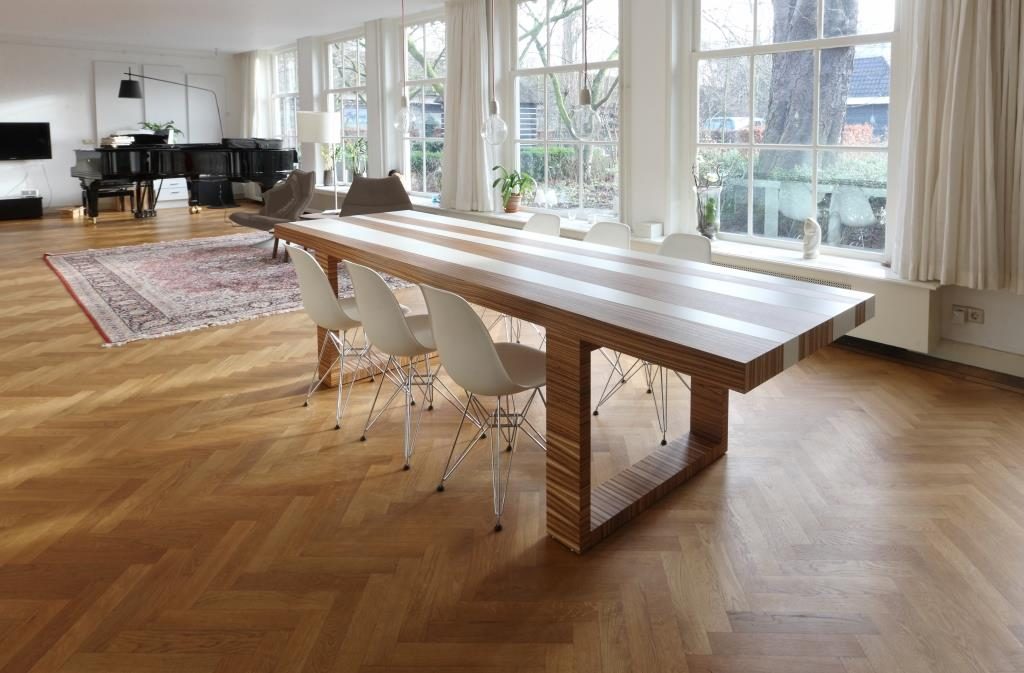Work by Jasmina
Panic
When trust is lost, we tend to panic. In the scramble to re-establish it we are prone to take short-sighted decisions. These short-sighted decisions usually take the form of rules and protocols.
Trust
This is actually a futile attempt to restore trust. There is seldom awareness of what this actually achieves. Who locks the stables after the horse has bolted? It would never have become such a vivid illustration of what not to do if people were not prone to doing so. It might seem as though the only solution is to introduce a protocol in order to safeguard order after trust has been damaged. To reinstate trust. However, rules only serve to create an illusion of trust.
Reality
In reality it is a lot clearer, and more effective in the long term, if we attempt to re-establish trust in the same way as it was formed in the first place. The principle of rules seems so plausible. But in practice rules get tested, pushed and bent long before they are unequivocally broken. Long before they are broken, however, the pushing and testing has rendered them beyond useless as the trust in the rules has been damaged and deformed. Still, people hide behind rules claiming that until a rule is actually broken nothing has been transgressed. There is a sort of powerless acceptance that you cannot act if the rules are simply bent. Rule bending is condoned, and we turn a communal blind eye to it. Some even think it is clever.
Bent
As trust cannot be bent, it is either there or it isn’t. It is held in a semi-sacred state. The only way to restore trust, despite the cries for an instant fix and draconic measures, is to give it time to become re-established.
Rules
Perhaps the most difficult trust to maintain is the trust in your own judgement. How single-minded can you be before you tip over into megalomania. We look for approval in others to reassure ourselves that we’re making the right choices and are on the right track. The more confident we are in our choices and the less we seek out approval the more approval gravitates towards us. It is especially important in art and design that we seek out our own path. In a world steeped in individualism isn’t it strange that so many collectors follow each other like lemmings? That people ask what should they be buying. If you like something, trust your judgement. That is when trust rules.


